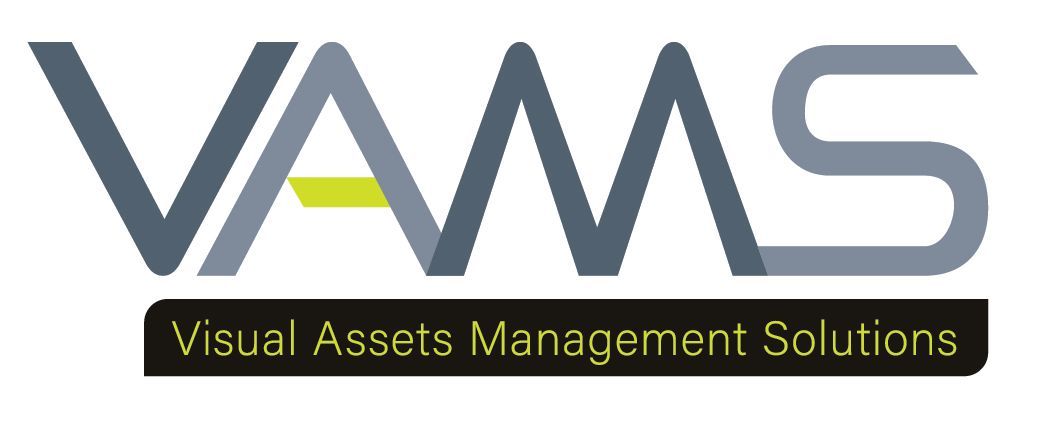Interactive Content: Engaging Your Audience with Innovative Visuals
Interactive Content- Engaging Your Audience with Innovative Visuals

Interactive Content: Engaging Your Audience with Innovative Visuals
Engaging your audience in today's digital landscape requires more than just well-written
content. With the increasing competition for attention online, it’s essential to incorporate
innovative elements that captivate and hold the interest of your readers.
Interactive content, which includes dynamic visuals and user-engaging features, has
emerged as a powerful tool in this endeavor. By integrating interactive visuals, you can not
only attract more visitors but also enhance their overall experience, leading to higher
retention and better engagement.
Understanding Interactive Content
Interactive content refers to digital material designed to actively engage users, encouraging
them to participate rather than passively consume information. This form of content can
take many shapes, including quizzes, polls, infographics, calculators, interactive videos,
and more.
Interactive content is not just about adding flashy elements; it's about creating a
meaningful exchange between the content and the audience. This interaction can be
achieved through various means such as clickable elements, drag-and-drop features, or
even real-time feedback mechanisms.
For instance, a financial calculator not only provides instant results based on user input
but also educates users on financial planning in an engaging way. Another example is an
interactive infographic that allows users to explore data at their own pace, diving deeper
into sections that interest them the most.
Such content can transform the user's journey from a passive scroll to an active
exploration, significantly enhancing the user experience. Unlike static content, interactive
pieces create a two-way dialogue between the content and the audience, fostering a more
personalized and immersive experience.
The benefits of interactive content are manifold: it boosts user engagement, improves
content retention, encourages social sharing, and can even lead to higher conversion rates.
By making the content experience more enjoyable and tailored to individual preferences,
interactive elements can significantly enhance the effectiveness of your marketing efforts.
The Role of Visuals in Interactive Content
Visuals play a critical role in the effectiveness of interactive content. They are essential for
capturing and maintaining the audience’s attention, making complex information more
accessible and engaging. High-quality visuals act as the first point of contact, drawing
users in and setting the stage for interaction. The human brain processes visuals 60,000
times faster than text, making them a powerful tool to convey information quickly and
effectively.
Interactive visuals can simplify complex data through visual storytelling, breaking down
intricate concepts into easily digestible parts. For example, a well-designed interactive
map can illustrate geographic data in a way that a static chart never could, allowing users
to explore different regions and uncover trends on their own.
Types of visuals used in interactive content include images, GIFs, animations, and even
immersive technologies like virtual reality (VR) and augmented reality (AR). These visuals
not only enhance the aesthetic appeal of the content but also contribute to its
functionality, making it more intuitive and user-friendly.
Successful examples of interactive visual content can be seen in various industries:
educational platforms use interactive infographics to simplify complex topics, while brands
employ augmented reality to provide virtual try-ons for products. These examples
demonstrate the powerful impact that well-designed visuals can have on user engagement
and satisfaction.
Creating Effective Interactive Visuals
Designing effective interactive visuals involves more than just aesthetics; it requires a
strategic approach to ensure that the visuals enhance user engagement and convey the
intended message clearly. Key principles include clarity, relevance, and aesthetic appeal.
Clarity ensures that users can easily understand and interact with the content, while
relevance ensures that the visuals align with the overall message and goals of the content.
Aesthetic appeal attracts users and keeps them engaged.
To achieve clarity, start by simplifying complex information into digestible visual formats.
Use concise labels, clear icons, and straightforward navigation to guide users. Relevance
can be maintained by ensuring that each visual element serves a purpose and directly
supports the content's objectives. Avoid clutter and unnecessary decorations that can
distract from the core message.
Aesthetic appeal goes beyond making visuals look good; it involves creating a cohesive
visual experience that enhances user interaction. This includes choosing harmonious color
schemes, readable fonts, and balanced layouts. Interactive elements should be intuitive
and responsive, providing immediate feedback to user actions.
To create these visuals, various tools and software can be utilized. Canva for infographics
oQers a user-friendly interface for designing visually appealing and informative graphics.
Adobe Spark allows for the creation of dynamic images and videos that can captivate
audiences. Tools like Articulate for interactive e-learning modules enable the development
of engaging educational content that facilitates active learning.
Integrating these visuals into your content should be seamless and intuitive, ensuring they
add value without overwhelming the user. For instance, embedding interactive charts
within an article can make data analysis more engaging and easier to comprehend.
Consider using interactive timelines to narrate historical events or product journeys,
enhancing storytelling with visual interactivity. Additionally, incorporating interactive maps
can provide a dynamic way to explore geographical data, making the content more
engaging and informative.
Measuring the Impact of Interactive Content
To gauge the effectiveness of interactive content, it’s crucial to track and analyze specific
metrics that reflect user engagement and conversion. Key performance indicators (KPIs)
include engagement rates, click-through rates (CTR), time spent on page, and conversion
rates. These metrics provide insights into how well your interactive content is performing
and whether it is meeting your marketing goals.
Tools like Google Analytics, Hotjar, and interactive content platforms' built-in analytics can
provide detailed insights into how users interact with your content. For instance, Google
Analytics can show you the average time users spend on interactive pages compared to
static ones, while Hotjar can provide heatmaps and session recordings to visualize user
interactions. These tools can also track user paths, revealing which interactive elements
are most effective at driving engagement.
Analyzing user feedback is another critical aspect of measuring impact. Surveys and
feedback forms embedded within interactive content can capture user opinions and
suggestions. This qualitative data can complement quantitative metrics, providing a
holistic view of user experiences and preferences.
By interpreting these data points, you can identify what works well and what needs
improvement, enabling you to refine your interactive content strategy.
For example, if users spend less time on certain interactive elements, it may indicate that
these elements are not engaging or are too complex. Conversely, high engagement with
specific features can highlight successful design choices that can be replicated in future
content.
Continuous monitoring and adjustment based on these insights will help you maximize the
impact of your interactive visuals, ensuring they remain engaging and effective over time.
Regularly updating content and experimenting with new interactive formats can keep your
audience engaged and attract new visitors. This iterative approach allows you to stay
responsive to user needs and evolving trends, ultimately enhancing the effectiveness of
your digital marketing strategy.
Challenges and Solutions
Creating and implementing interactive visuals comes with its own set of challenges.
Technical difficulties, such as ensuring cross-platform compatibility and smooth
performance, can be significant hurdles. Budget constraints might limit access to high-end
tools and software, while a lack of expertise in interactive design can impede the creation
of effective visuals.
To overcome these challenges, consider starting with simpler tools that require minimal
technical skills, like Canva or Piktochart, which offer user-friendly interfaces and
templates. Additionally, investing in basic training for your team can pay oQ in the long run
by equipping them with the necessary skills to create and manage interactive content.
Collaborating with freelancers or agencies specializing in interactive design can also be a
cost-effective solution. Looking ahead, staying updated with emerging trends and
technologies in interactive content will help you anticipate and adapt to future challenges,
ensuring your content remains innovative and engaging.
Engage with Interactive Visuals
Incorporating interactive visuals into your content strategy can significantly elevate
audience engagement and improve overall user experience. By understanding the
principles of effective design, utilizing the right tools, and continuously measuring impact,
you can create interactive content that not only captures attention but also drives
meaningful interactions.
While there may be challenges along the way, the benefits of higher engagement rates,
better retention, and increased conversions make the effort worthwhile. As digital
landscapes evolve, staying ahead with innovative visuals will keep your content fresh and
compelling, ensuring your message resonates with your audience.

